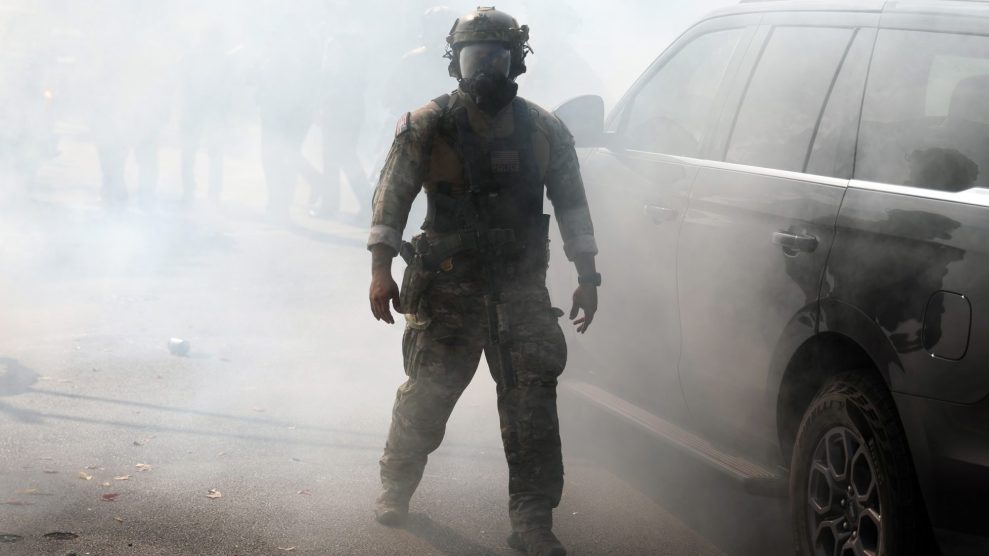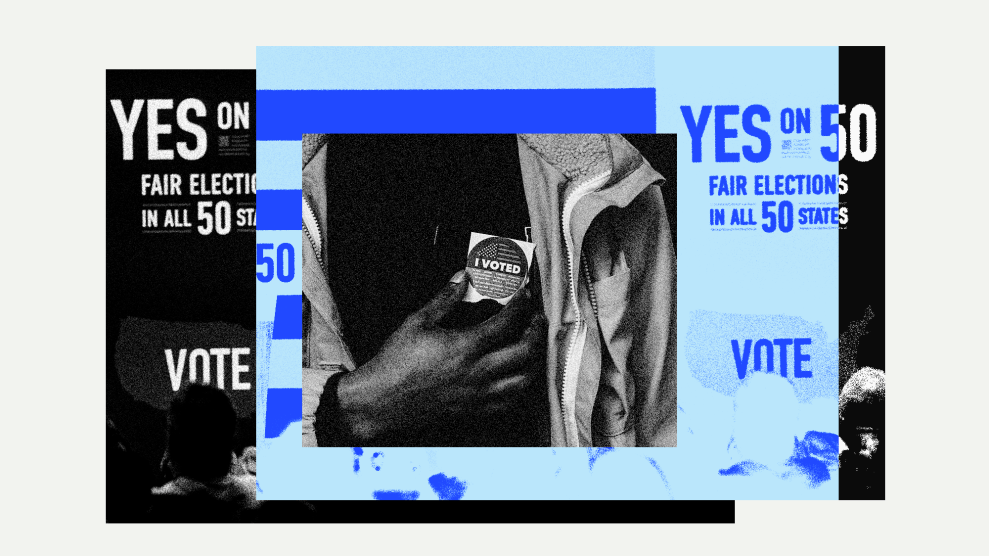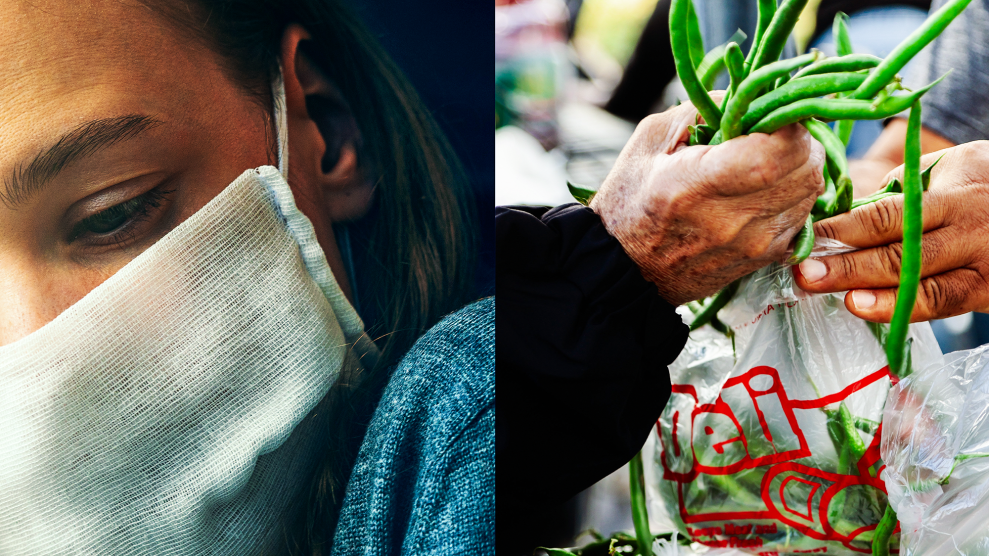Kieran Healy wrote this weekend about Becky Pettit’s new book, Invisible Men, which deals with the mass incarceration of young black men over the past three decades:
Two features stand out: its sheer scale, and its disproportionate concentration amongst young, unskilled black men….Pettit and others have been arguing for a long time that incarceration is by now a modal event in the life-course for young black men. Black men are more likely to go prison than complete college or serve in the military, and black, male, high-school dropouts are more likely to spend a year in prison than to get
married. These social-structural changes have consequences for measuring and counting those involved.
Kieran has more to say about this at the link, but I want to add something else: this is, in part, almost certainly due to lead poisoning via both gasoline lead and lead paint in substandard housing. Here are some excerpts from Rick Nevin’s 2007 paper on international crime trends:
In 1960, blacks occupied 15% of central city households and 56% of substandard central city housing…. Average 1976–1980 blood lead for black children ages 6–36 months was 50% above the average for white children….Those children were juveniles when the 1990–1994 black juvenile burglary arrest rate was 60% higher than the white rate, but the black juvenile violent crime arrest rate was ?ve times higher and the black juvenile murder rate was eight times higher.
….Social trends cannot explain why the 1990s homicide decline was so pronounced among juvenile offenders, and especially black juveniles, but blood lead trends can. Blood lead prevalence over 30 mg/dL among white USA children fell from 2% in 1976–1980 to less than 0.5% in 1988–1991, as prevalence over 30 mg/dL among black children plummeted from 12% to below 1%. The white juvenile murder arrest rate then fell from 6.4 to 2.1 from 1993–2003, as the black juvenile rate fell from 58.6 to 9.7. That 83% fall in the black juvenile murder arrest rate occurred with just 36% of black children living in two-parent families in 1993, and in 2003.
Both gasoline lead and lead paint were most prevalent in the postwar era in the inner core of big cities, the former because that’s where cars were densest and the latter because slumlords had little incentive to clean up old buildings. Because African-Americans were disproportionately represented in inner-city populations during the high-lead era, they were disproportionately exposed to lead as children. The result was higher rates of violent crime when black kids grew up in the 70s and 80s.
The tragedy of all this is hard to overstate. In the 40s and 50s we exposed black children to enormous amounts of lead—far more than white children were exposed to. Because of this, many more of them became violent later in life, and thus became the primary targets of the great American prison-building binge of the 70s and 80s. To this day, they are paying the price for our unwitting lead poisoning epidemic of the postwar years.
In the same way that violent crime rates between big and small cities have converged as lead was removed from gasoline, crime rates between whites and blacks have converged as well. For a variety of reasons they haven’t converged entirely, largely because gasoline lead isn’t the only causal factor here. But it almost certainly played a significant role.


















